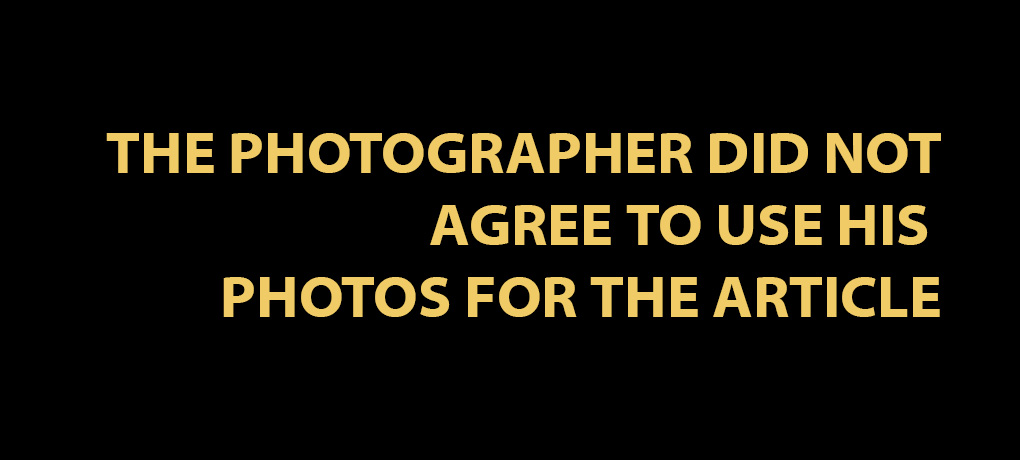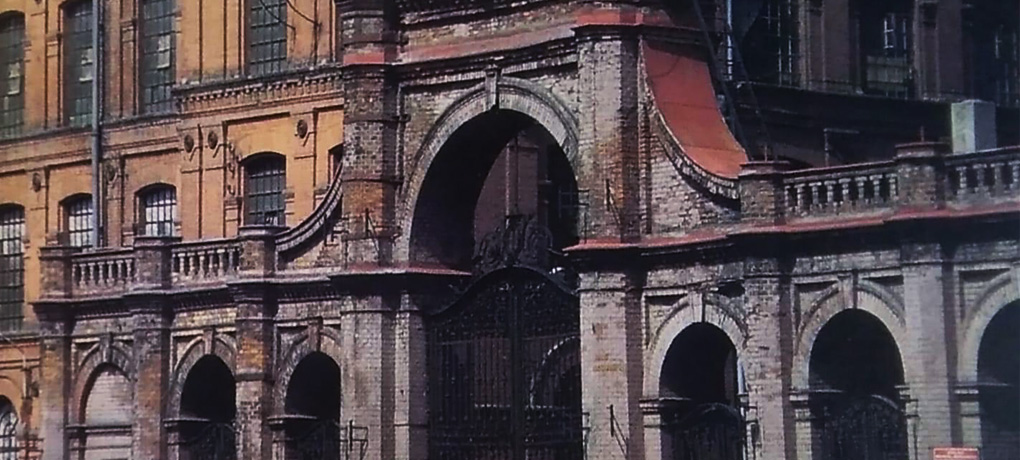POLISH MANCHESTER OF THE 1990s
May 2021
writer: Agata Mayer

Hans Magnus Enzensberger, a prominent German poet and writer, said during his brief visit to Łódź in 1986 that the city should become a media hub of the East.
This daring prospect never came to fruition. Three years later, the Eastern market crumbled and Łódź was among the most affected vicitms. After all, it was the city’s ties with Russia that once catapulted it to prosperity. At the end of the 19th century, Łódź was a veritable promised land, attracting people from all parts of Europe in search of a place to live, and a cultural enigma for Polish elites. In the blink of an eye, Łódź transformed from a rural hamlet to a textile industry juggernaut, a metropolis that was too modern for its time, rivaling Chicago in terms of urban expansion.
In the 1990s, following the fall of communism and the collapse of industry, Poland’s second largest city began to slide into decline and stagnation, struggling with the reputation of a “bad place”.
Ultimately, it managed to reinvent itself, albeit thirty years too late as far as I am concerned.
Łódź has always captivated the attention of artists and journalists with its unusual chromatic aura, a quality that makes it stand out among other Polish cities. Back in the 1990s, this special attraction lay not so much in the admittedly remarkable colors of Art Nouveau townhouses and lavish palaces built by textile tycoons, but rather in the bleak hues of an industrial city, a fallen “Polish Manchester” that stripped its residents of dignity.
It was in the 1990s that Łódź intrigued French documentary photographer Stéphane Duroy, who skillfully captivated the beautiful, crisis-hardened city struggling with painful social aftershocks and harsh reality, thinly veined under the pastel-colored facades of god-forsaken buildings.
Born in northern Tunisia, Duroy was shaped by the bitter time of two world wars and West-East rivalry that lasted almost fifty years. His mind fed on books by Cendrars, Céline, Proust, Kafka and Dostoyevsky as well as movies by Bergman and Buñuel. After graduating from a law school, he embarked on a career in photojournalism, which he ultimately gave up following stunts in Greece, Egypt, Sudan and Ethiopia in order to engage in documentary photography. Using it as a tool, he explores the intimate notions of personal and collective identity as well as the fate of individual people and countries affected by traumas of war, totalitarian follies, political divisions and mass migration.
The shrinking Łódź of the 1990s, where local identity had degenerated into a negative sentiment, was a perfect subject for Duroy.
In order to understand and grow to like this city, one must first get to know its peculiar past and the distinct existence of its residents. I believe the Frenchman managed this feat, approaching the task at hand from both a documentary and conceptual perspective, steering clear of redundant distractions, spectacular shots, sentimentalism and compassion, focusing instead on the rough urban landscape of the postindustrial era and leaving interpretation to the viewer. Intriguing, somewhat disturbing and strangely radiant at the same time, the photos display a consistent color scheme, defined by violet blue shades and grey undertones that vibrate like cinders under ash.
To me, Łódź was never a dull place. The city’s peculiar colors and varied architecture stem from different aesthetic styles of the four nations that built it, shaping its landscape, history and unique cultural identity. Speaking of identity, some residents embrace it, while others would rather have nothing to do with it. Łódź is undergoing a profound and startlingly rapid transformation. Foreign journalists praise this amazing metamorphosis of the once “god-forsaken city” that now boasts a plethora of new developments. One can only subscribe to this opinion. However, the city has its share of shocking contrasts. The nostalgic air of run-down districts is ripe with melancholic hopelessness and desperation, as observed in the dark back alleys off Północna, Franciszkańska and Zgierska Streets or the derelict tenement yards next to Piaseczna and Łączna Streets.
L'Europe du silence

From the late 1970s to the turn of the 21st century, Duroy traveled to West Berlin, Eastern Europe and the United States. First, however, he toured the United Kingdom, a country that he is especially fond of, where he documented distinct social divisions and the marginalization brought about by Thatcherism, gazing into the uneasy reality, bitterness and feeling of rejection experienced by miners, workers, unemployed people, women, children, teens and all kinds of outcasts.
In 1979, he turned his attention to West Berlin, a place that he would visit on many occasions as one of his most beloved documentary subjects. The fall of the Berlin Wall was the starting point for his groundbreaking photo project “Silent Europe”. Intrigued by the clash of two completely different ideologies unfolding in a single country, Duroy embarked on a journey across East Germany, recording the landscape that had remained largely unchanged since 1933. From there, he went to Poland, Slovakia and other countries tragically marked by World War II, venturing as far east as the Polish-Russian border.
He has visited Poland a couple of times, including Warsaw and Auschwitz-Birkenau, where he faced the biggest disaster of the 20th century and its contemporary consequences. The comprehensive photographic portrayal of Europe’s society evokes a meaningful, disenchanted reflection on the fate of the silent and abandoned continent.
When working with subjects of such difficulty, Duroy often closes his eyes and recalls words by Franz Kafka, “We photograph things in order to drive them out of our minds. My stories let me close my eyes”. One needs to look, and sharply at that. But sometimes, closing your eyes makes images and stories appear even more telling.
Escape into the American Dream

For almost thirty years, Stéphane Duroy has been tirelessly fixing his photographic gaze on Europe. His insightful, almost obsessive journey of discovery ultimately led him to the country that came to be a refuge for millions of Europeans. America appeared to him as an illusion of monumental proportions, a perfect embodiment of the American Dream that attracted people fleeing from the calamities of the Old World. Traveling the width of the US, the French photographer explored the fading notions of identity, ancestral heritage, pioneers’ spirit, embrace of opportunism and impression that “everything is possible”, the ideas that America was built upon, a beacon of hope that European migrants pretend to believe in. Duroy will never cease his affair with America, a cursed part of himself. The same goes for Europe. He will always come to visit, enchanted with these lands of untamed radiance and painful beauty.
The photo series depicting Łódź was released in 1996. Here is a history of the city as told by Stéphane Duroy.












